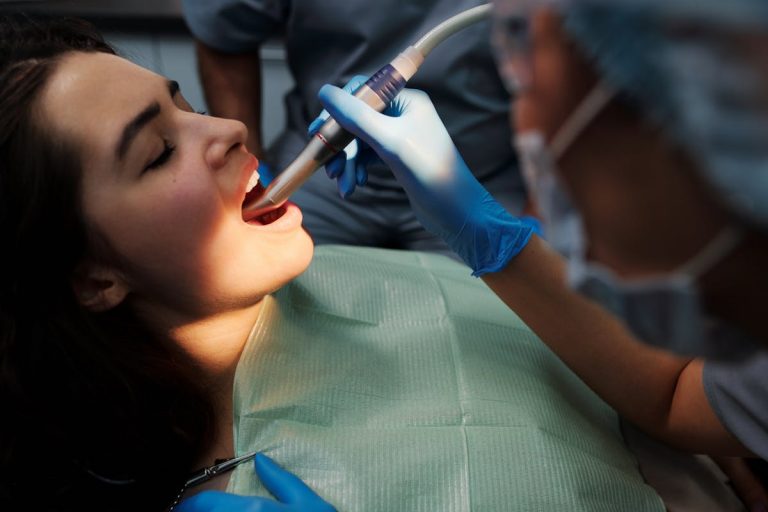The pandemic has not only affected the health of those infected by Covid 19 but also a large portion of the population who avoided or postponed necessary medical visits for fear of the coronavirus. This has further worsened the overall impact of the public health crisis.
The Magnitude of the Problem
According to research published by the Centers for Disease Control and Prevention (CDC), as of June 30, 2020, around 41 percent of American adults missed or delayed medical care. Of these, 32 percent were for routine care and 12 percent were for emergency care. Researchers emphasized that doing so means routine vaccinations will also be missed, new conditions will not be detected, and chronic conditions cannot be managed, leading to worsening health conditions.
The results of a survey by Time and Harris Poll published in February 2021 show a more worrying scenario with 78 percent of respondents avoiding at least one medical visit within the previous three months.
Types of Medical Care Missed
The highest percentage of missed visits was for dental appointments. This is not an optional visit. It is essential to see a periodontist regularly to keep the gums and teeth healthy. According to the New York State Department of Health, periodontal disease is linked with cardiovascular diseases, pulmonary disease, and pregnancy risks. In children, poor dental health lowers school performance, affects social relationships, and leads to fewer chances of succeeding in life.
The second most frequently missed treatment during the pandemic was the annual physical check-up. Annual physical check-ups highlight red flags that need further screening. Without this, people will not discover if they have newly developed illnesses that need to be addressed and make them even more vulnerable to Covid-19. It is now more important than ever to identify and treat any illness to fortify the body’s defenses.
Third in line was eye exams. This is not just a matter of postponing getting a new pair of glasses. The American Diabetes Association’s chief science and medical officer, Dr. Robert Gabbay, cites that eye disease is one of the complications of diabetes. There are also eye diseases that can lead to blindness if no early intervention is done.
The fourth, and the most crucial visit missed, was to medical specialists. This means that patients with pre-existing chronic conditions who need regular monitoring by cardiologists and other internists, as well as cancer specialists, neglected their medical needs. CDC data shows that in 2020, 690,882 Americans died of heart disease and 598,932 died of cancer. Each was higher than the 377,883 deaths from Covid-19 in that year.
The fifth type of visit missed was for mental health problems. The stress of the pandemic has caused issues like depression and anxiety to many. Those who already have pre-existing mental health problems like major depressive disorder and bipolar syndrome, among others, need regular consultations. They may need adjustments in their medication from time to time. Without continuous professional care, mental health conditions can be life-threatening.

The Role of Telehealth Care
According to research by McKinsey, updated in July 2021, the use of telehealth care was at its highest in April 2020 when it was almost 80 percent higher than before the pandemic. This could be attributed to panic at the onset of the Covid-19 crisis. As of June 2020, it dipped to 40 percent more than usage before the pandemic and has remained fairly stable from then on. By February 2021, it was at 38 percent more than its usage before the pandemic.
Data from a 2021 survey by Statista published in June shows that 72 percent of respondents believe that telehealth care will continue into the future, with 70 percent stating that it grants better access to good quality health care. A majority or 58 percent expressed a preference for telehealth consultations and stated that they will use these whenever feasible even after the pandemic. Most or 82 percent believe that it saves time and 80 percent believe that it costs less.
The 2021 U.S. Telehealth Satisfaction Study released by J.D. Power in September this year shows that all generations use telehealth care. The topmost reason cited for its usage was convenience, followed by quick access to healthcare. The third reason cited was safety.
There was, however, a decrease in satisfaction among users from 2020 to 2021. They mentioned that telehealth care has limited services, they do not know how much services cost, they are confused by the technological requirements, and they do not have enough information about telehealth care providers.
It is obvious that telehealth care cannot cover all the needs of patients. There are examinations and actual treatments that need to be done in person. Telehealth care is a good conduit, though, to screen what conditions need in-person visits and what can be addressed virtually. Overall, telehealth care is still an essential medical service that is beneficial to the community and can partially address the problem of missed medical visits.






